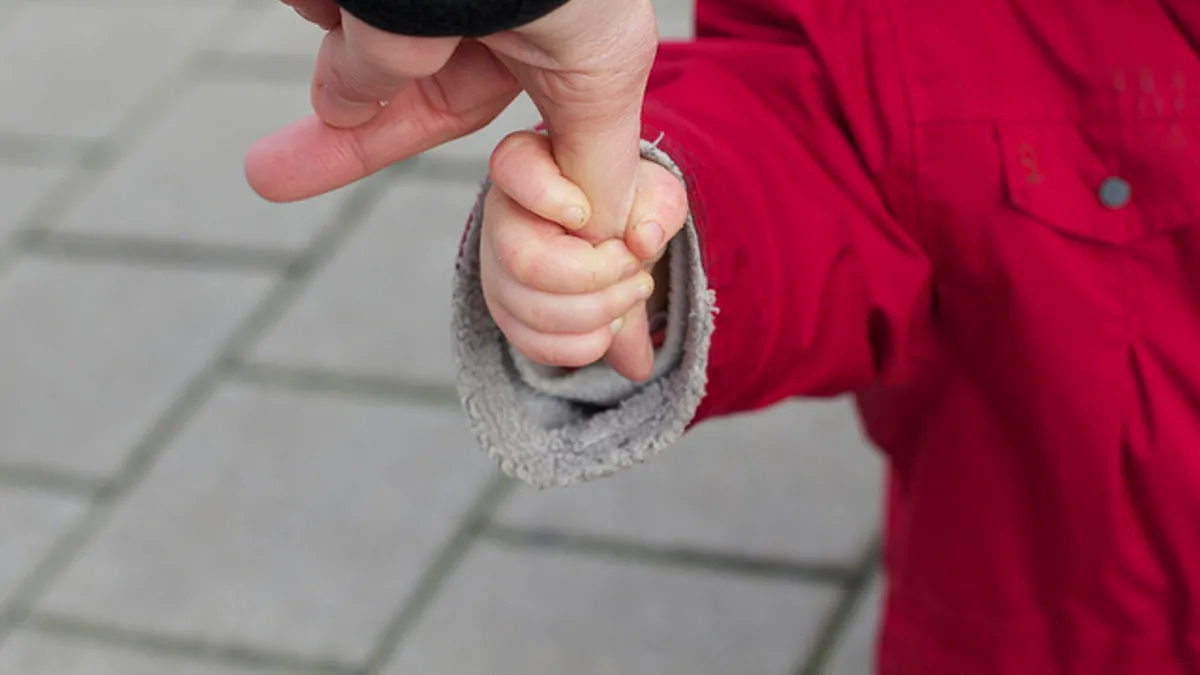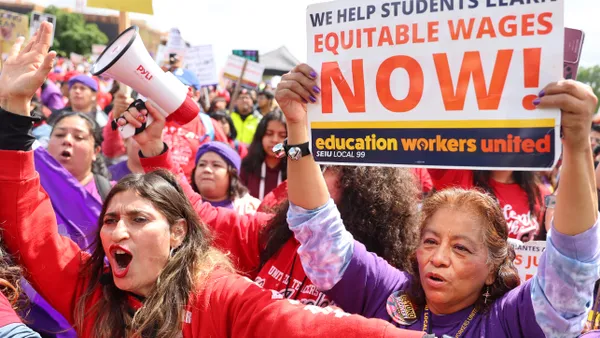Dive Brief:
- Paid leave benefits have garnered headlines in the past year and seem to be picking up steam. Now, thanks to a $1.1 million federal grant, they are going to be studied and analyzed to determine how best to develop and implement them nationwide.
- The U.S. Department of Labor’s Women’s Bureau awarded $1.1 million in grants to build on the Paid Leave Analysis Grant Program that overall has committed more than $3 million to 17 states and municipalities to support investigation of paid family and medical-leave programs.
- According to the Labor Dept. statement, millions of American workers have caregiving responsibilities for both young children and aging parents, the so-called "sandwich" generation. Yet, just 12% of private-sector workers have access to employer-paid family leave. For those without, caring for seriously ill loved ones means risking jobs and losing paychecks.
Dive Insight:
U.S. Secretary of Labor Thomas Perez said that while Congress balks at making paid leave a national mandate, there has been tremendous leadership at the state and local levels to expand access to these programs. He added that the grants will help innovative state and local officials design paid-leave policies that work for citizens. He points out that paid family and medical leave benefits reduce turnover, helping employers by reducing training costs and keeping workers attached to the labor force.
The grants funded by the awards include the Commonwealth of Pennsylvania's Department of Labor and Industry, the Hawaii Department of Human Services, the Indiana Commission for Women and others.
While the Family and Medical Leave Act (FMLA) protects unpaid, job-protected leave for workers to care for a range of family-related healthcare issues, many workers simply can't afford to take unpaid time off. While there is a cost in adding paid time off benefits, HR leaders should consider that cost the bonuses in terms of employee loyalty and engagement, along with lower attrition costs.













